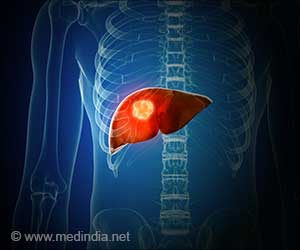Artificial intelligence/machine learning and big data were found to predict which research will influence future medical treatments, said researchers.

‘The method determines the likelihood that a research article will be cited by a future clinical trial or guideline, an early indicator of translational progress.’





Hutchins and colleagues have quantified these predictions, which are highly accurate with as little as two years of post-publication data, as a novel metric called "Approximate Potential to Translate" (APT). APT values can be used by researchers and decision-makers to focus attention on areas of science that have strong signatures of translational potential. Although numbers alone should never be a substitute for evaluation by human experts, the APT metric has the potential to accelerate biomedical progress as one component of data-driven decision-making.
The model that computes APT values makes predictions based upon the content of research articles and the articles that cite them. A long-standing barrier to research and development of metrics like APT is that such citation data has remained hidden behind proprietary, restrictive, and often costly licensing agreements. To disrupt this impediment to the scientific community, to increase transparency, and to facilitate reproducibility, OPA has aggregated citation data from publicly available resources to create an open citation collection (NIH-OCC), the details of which appear in a Community Page article in the same issue of PLOS Biology. The NIH-OCC comprises over 420 million citation links at present and will be updated monthly as citations continue to accumulate. For publications since 2010, the NIH-OCC is already more comprehensive than leading proprietary sources of citation data. Citation data from the NIH-OCC are used to calculate both APT values and Relative Citation Ratios (RCRs). The latter, a measure of scientific influence at the article level, normalized for the field of study and time since publication, was developed previously by Santangelo's team at NIH, and has already been widely adopted in both the scientific and evaluator communities. Upon publication of these two articles, APT values and the NIH-OCC will be freely and publicly available as new components of the iCite webtool that will continue as the primary source of RCR data (https://icite.od.nih.gov/). The OPA team encourages the use of iCite to improve research assessment and decision-making that can contribute to optimizing the scientific enterprise.
Source-Eurekalert















